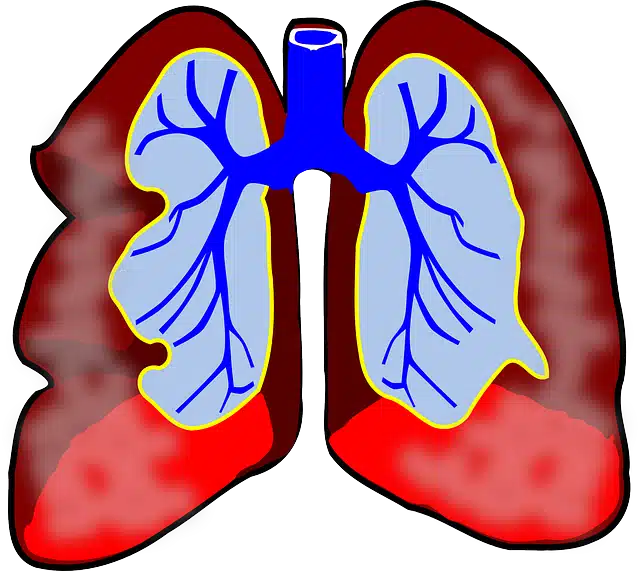
Polypnea usually appears due to a disorder in the lungs.
Polypnea is a term used in medicine to name the increase in the depth and frequency of breathing . The concept, in any case, is not accepted by the Royal Spanish Academy (RAE) , although it is a fairly common technicality.
It is common for polypnea to appear due to a disorder in the lungs or due to the onset of a fever . In some cases, polypnea even arises as an adverse reaction to certain medications.
Causes of polypnea
There may be various causes that lead a person to suffer from polypnea. However, among the most frequent we would highlight the following:
-A picture of pneumonia.
-A multi-organ type failure.
-Several episodes of sepsis.
-Pathologies such as bronchitis and bronchial asthma.
-Chronic Obstructive Pulmonary Disease.
-A picture of shock.
In addition to what is indicated, it must be stated that it can also be detected that someone is suffering from polypnea through other signs. Specifically, these include tachycardia, intercostal indrawings or what is known as perioral cyanosis. This is a bluish or dark coloration of the skin, which is mainly observed in the lips.

Pneumonia, bronchitis, and other illnesses can cause polypnea.
Common treatments
No less important is to know that the person with this problem at hand must go directly to their doctor or hospital to be studied and diagnosed. Specifically, by confirming that you suffer from it, the most appropriate treatment will be established. Among the most common alternatives used are these:
-Nebulizations.
-Use of inhalers, which will significantly improve the patient's situation.
-Supply of appropriate medications for polypnea and even for the disease that caused it.
-Supplementary oxygen.
-In the most serious cases, the doctors in charge of the case may establish the need to use mechanical ventilation.
In addition to all of the above, we must not forget that newborns, in a notable percentage, can also suffer from polypnea. Fortunately, it is so common for this to occur that, compared to what happened decades ago, doctors manage to help babies overcome it without problems.
Alterations linked to polypnea
Polypnea can be linked to other respiratory rate alterations. One speaks of tachypnea , for example, when the person breathes rapidly, exceeding twenty inspirations per minute. Tachypnea can be understood as shallow and rapid breathing.
Hyperpnea , on the other hand, develops when the amount of air that is ventilated increases excessively, as long as it is compared to the values of normal breathing. When an individual performs intense activity, hyperpnea is likely to appear.
It can be said, from these definitions, that polypnea is a combination of tachypnea and hyperpnea . The subject will not only breathe faster than normal, but will also breathe in and out more deeply.
A very serious condition of polypnea is the so-called Kussmaul respiration , which is caused by a worsening of diabetes . This type of breathing was noticed by the German Adolph Kussmaul in 1874 when studying the signs of people suffering from diabetic ketoacidosis or a diabetic coma.
